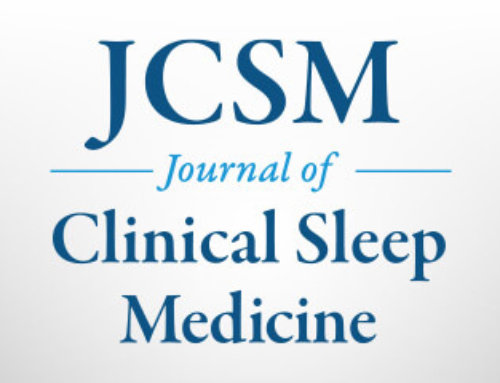WESTCHESTER, IL – Individuals with chronic insomnia have an elevated risk of death, according to a research abstract that will be presented Monday, June 7, 2010, in San Antonio, Texas, at SLEEP 2010, the 24th annual meeting of the Associated Professional Sleep Societies LLC.
Results indicate that the adjusted hazard ratio for all-cause mortality was three times higher in people with chronic insomnia (HR = 3.0) than in people without insomnia. When examining individual subtypes of insomnia, the risk of death was elevated, regardless of which subtype people reported. The risk of death in the four subtypes was two to three times higher in individuals with: chronic early-awakening insomnia (HR = 3.0), chronic sleep-maintenance insomnia who had difficulty getting back to sleep (HR = 3.0), chronic sleep-onset insomnia (HR = 2.4), and chronic sleep-maintenance insomnia who awakened repeatedly during the night (HR = 2.3).
"The most surprising result was the increased high risk for mortality among individuals with chronic insomnia versus those without insomnia, even after adjustment for all of the potential confounding variables" said lead author Laurel Finn, biostatistician at the University of Wisconsin-Madison. "The other important finding was the non-differentiation between subtypes of insomnia with respect to mortality risk."
The study involved 2,242 participants in the Wisconsin Sleep Cohort Study who completed two to three mailed surveys for years 1989, 1994 and 2000. Participants were considered to have chronic insomnia if they reported insomnia symptoms on at least two of the surveys. A social security death index search in May 2010 determined that 128 participants had died during a follow-up period of up to 19 years. Estimated mortality hazard ratios were adjusted for body mass index, age and sex, as well as for self-reported medical conditions such as chronic bronchitis, heart attack, stroke, hypertension, diabetes and depression.
Finn added that the results emphasize the need for physicians to provide effective treatments for insomnia even in the absence of co-morbid health problems.
"Insomnia is a burdensome symptom and has a negative impact on sleep quality that may lead people to seek treatment," said Finn. "The identification of insomnia as a mortality risk factor may have clinical implications and raise the priority level for insomnia treatment."
The study was supported by the National Heart, Lung, and Blood Institute; the National Institute on Aging; and the National Center for Research Resources of the National Institutes of Health.
The SLEEP 2010 abstract supplement is available for download on the website of the journal SLEEP at https://www.journalsleep.org/ViewAbstractSupplement.aspx.
A joint venture of the American Academy of Sleep Medicine and the Sleep Research Society, the annual SLEEP meeting brings together an international body of more than 5,000 leading clinicians and scientists in the fields of sleep medicine and sleep research. At SLEEP 2010 more than 1,100 research abstract presentations will showcase new findings that contribute to the understanding of sleep and the effective diagnosis and treatment of sleep disorders such as insomnia, narcolepsy and sleep apnea.
Media Note: Updates have been made to the study data since the publication of the abstract; current data are included in this press release and will be explained in the poster.
Abstract Title: Chronic insomnia and all cause mortality in the Wisconsin Sleep Cohort Study
Category: Sleep Disorders – Insomnia
Abstract ID: 0607
Category: Sleep Disorders – Insomnia
Presentation Date: Monday, June 7, 2010
Presentation Type: Poster – #119
Presentation Time: 10:30 a.m. – 12:30 p.m.
###




